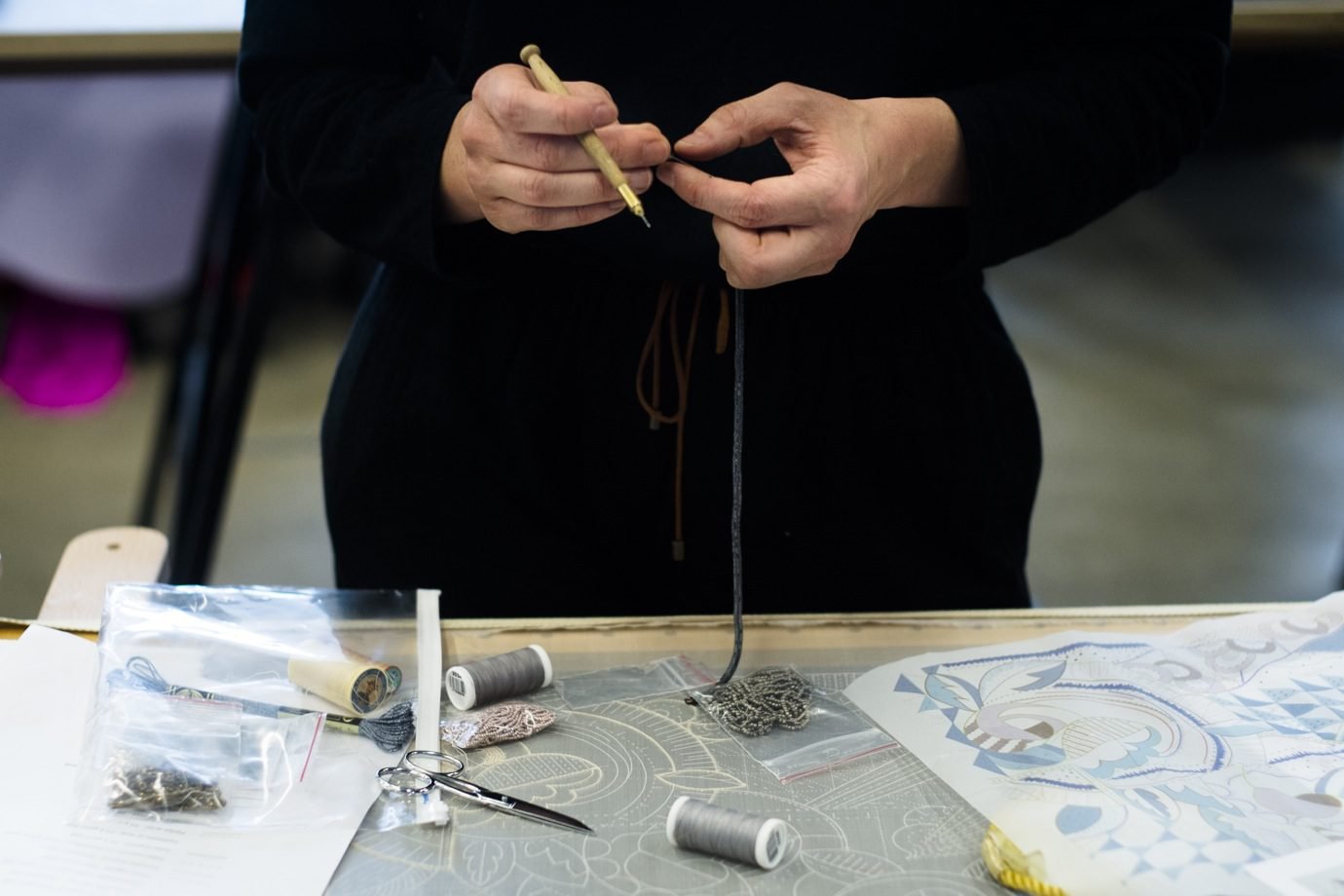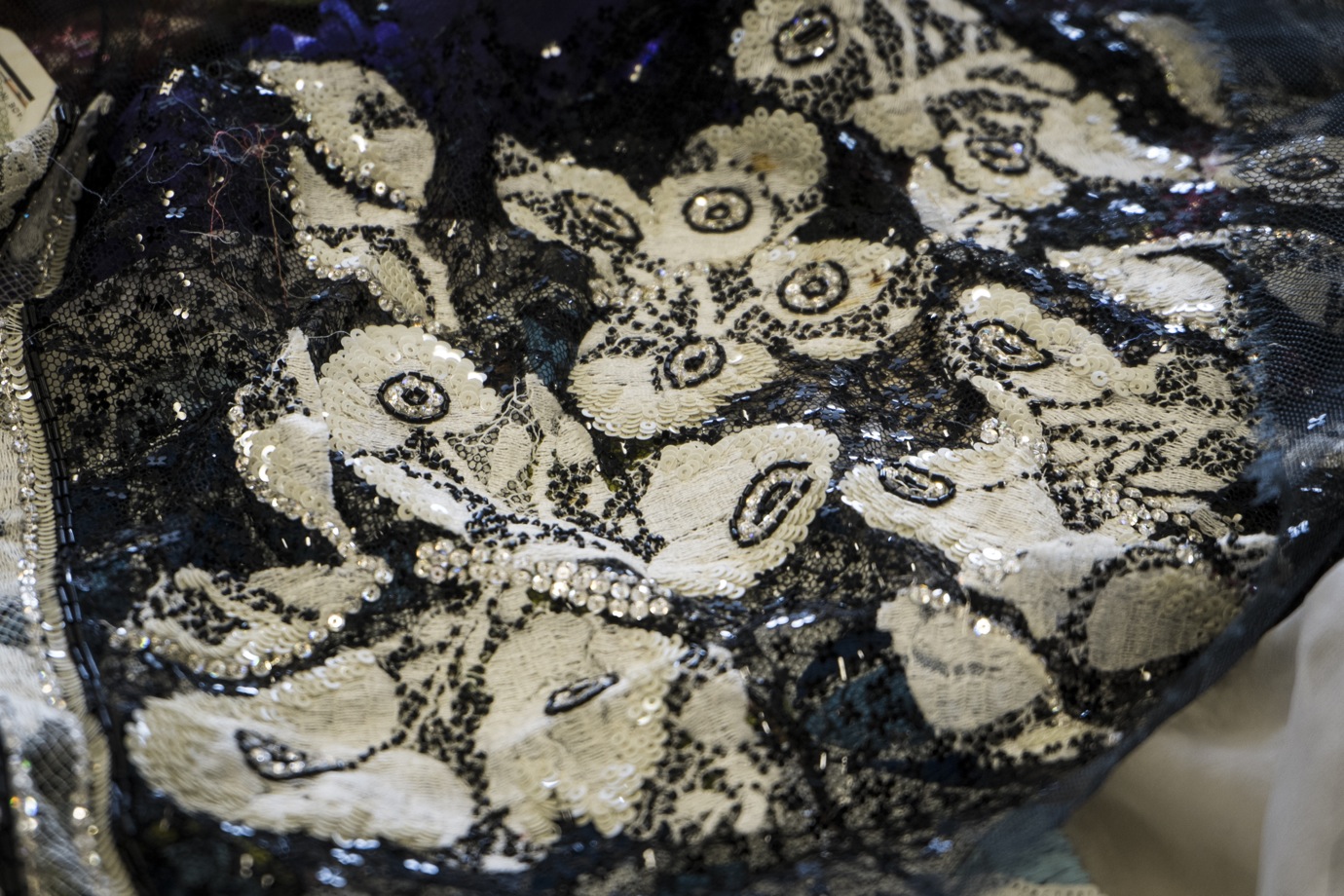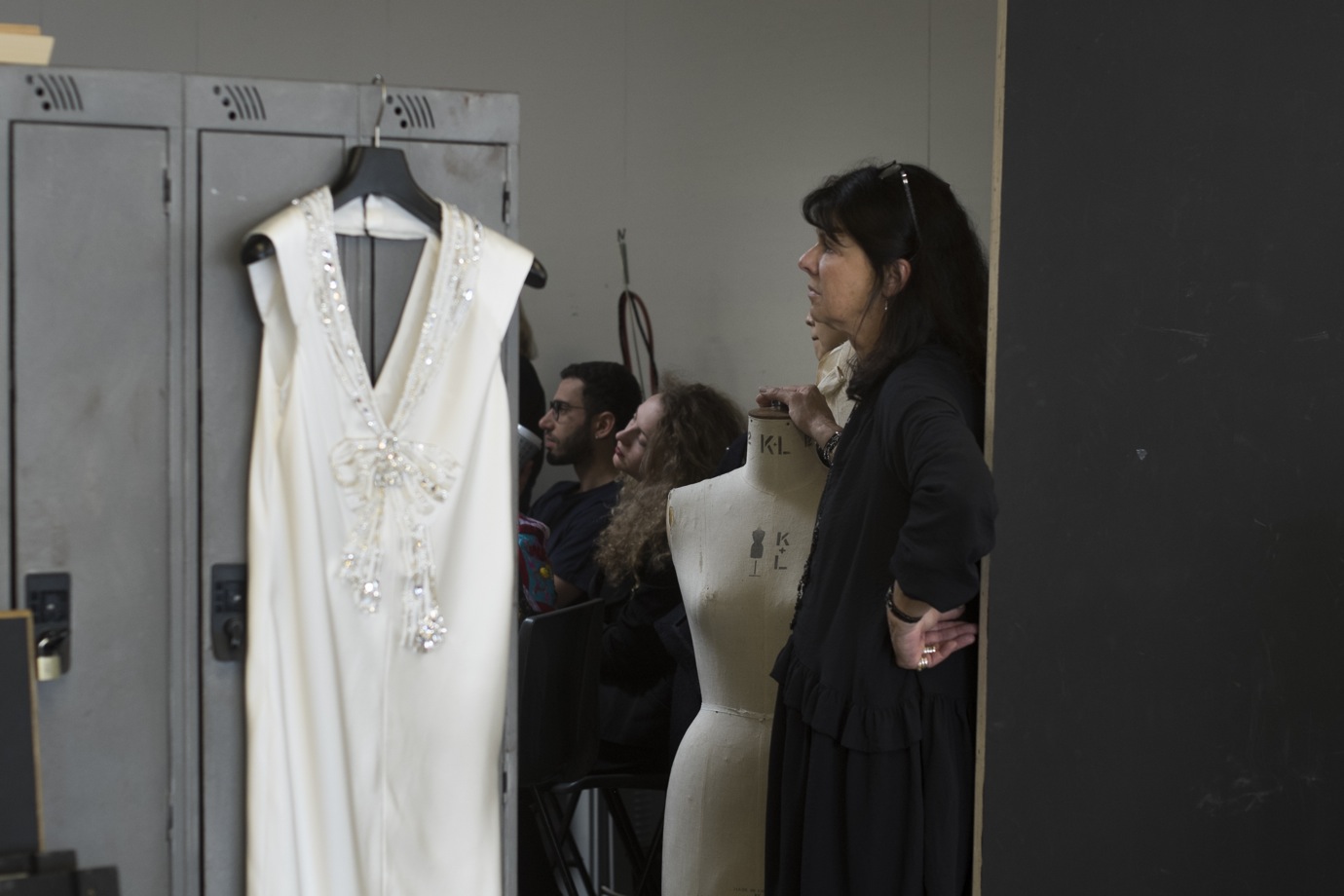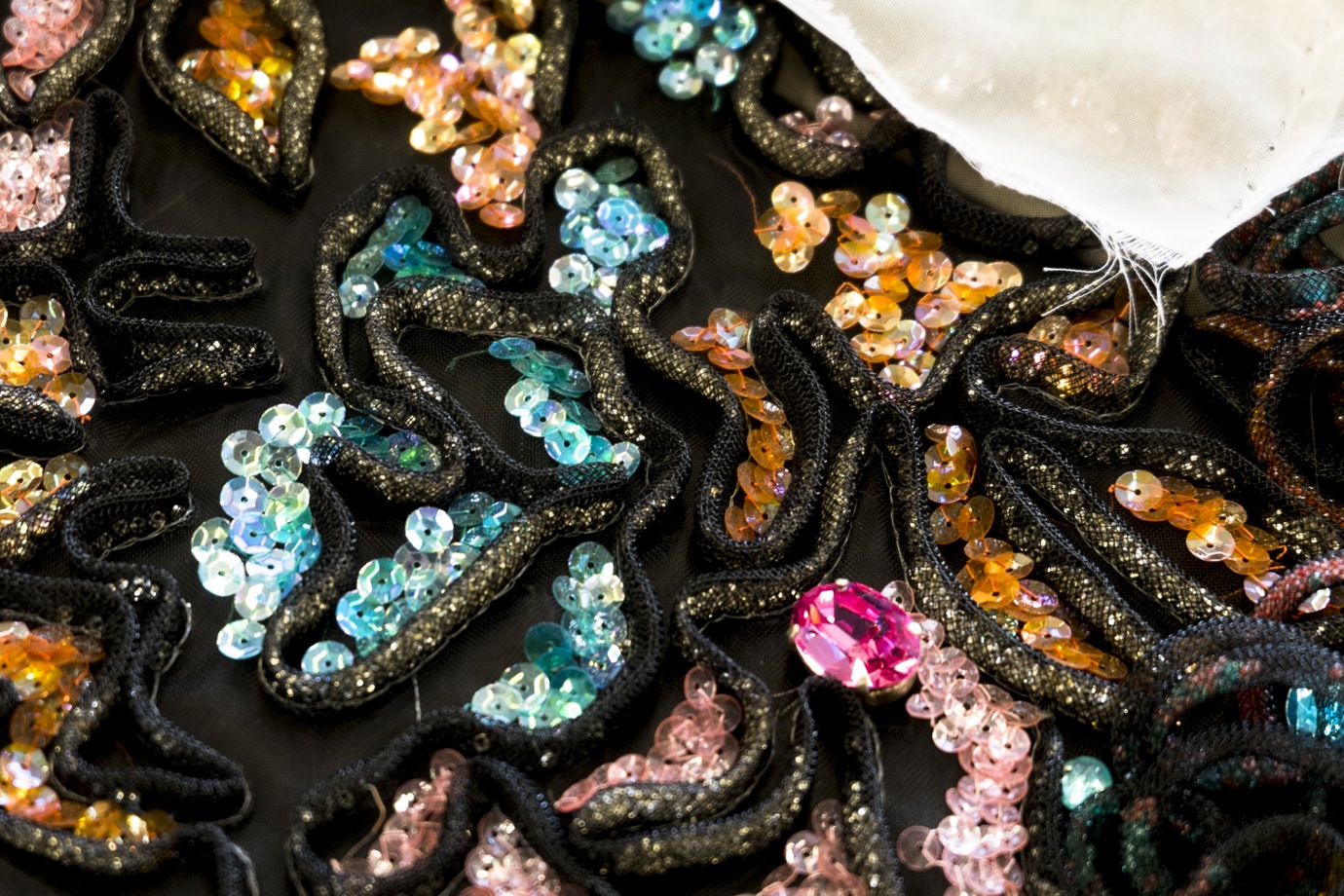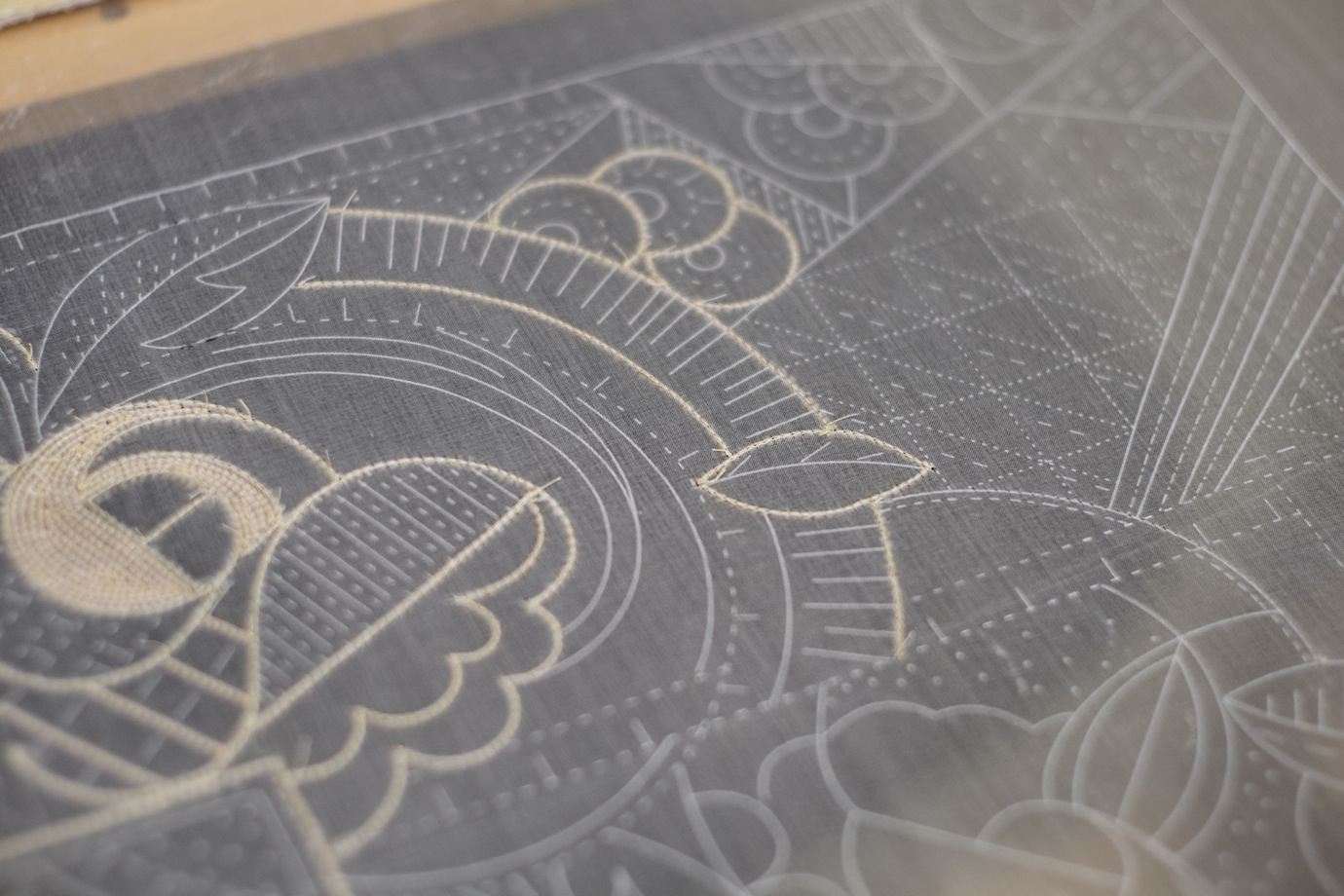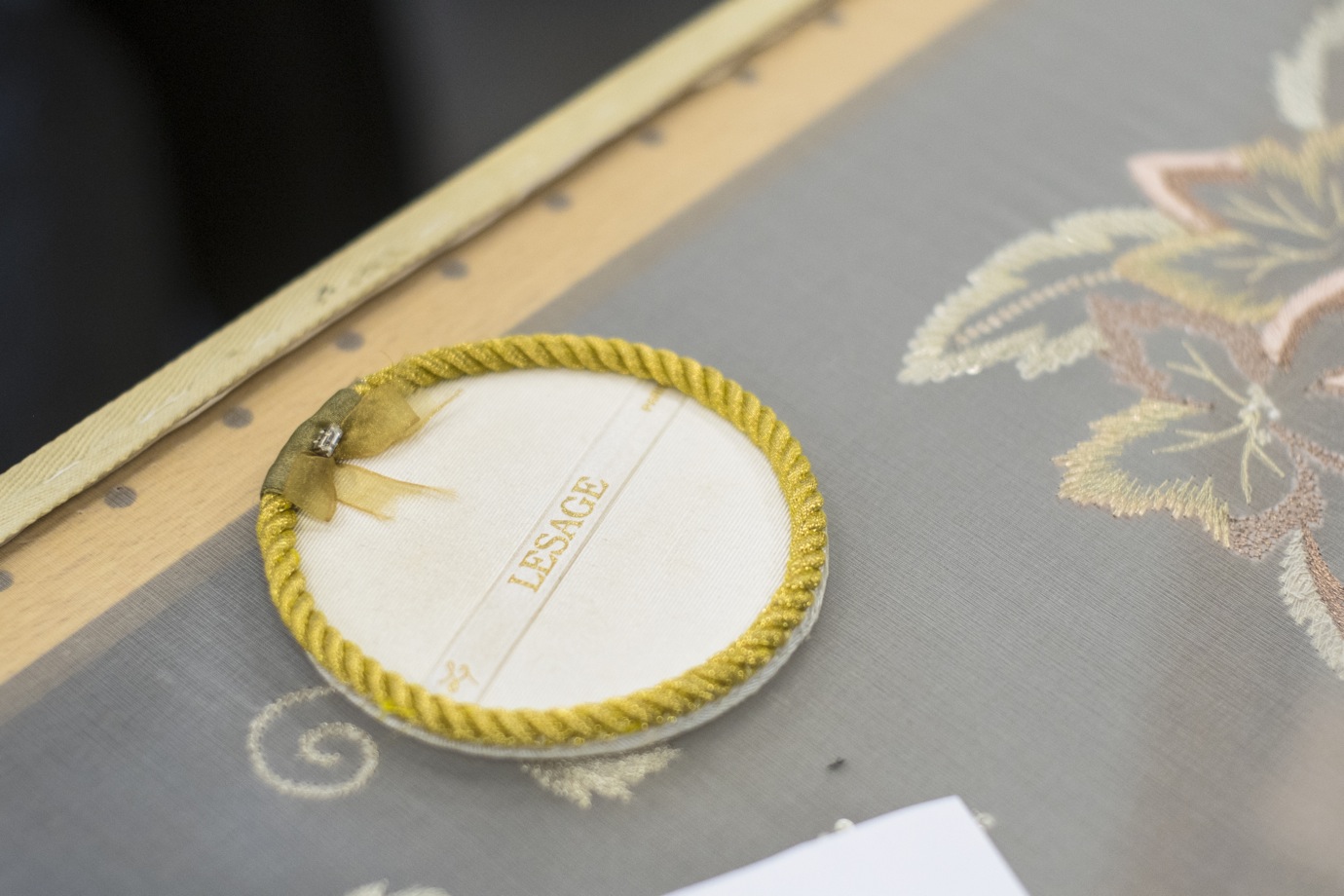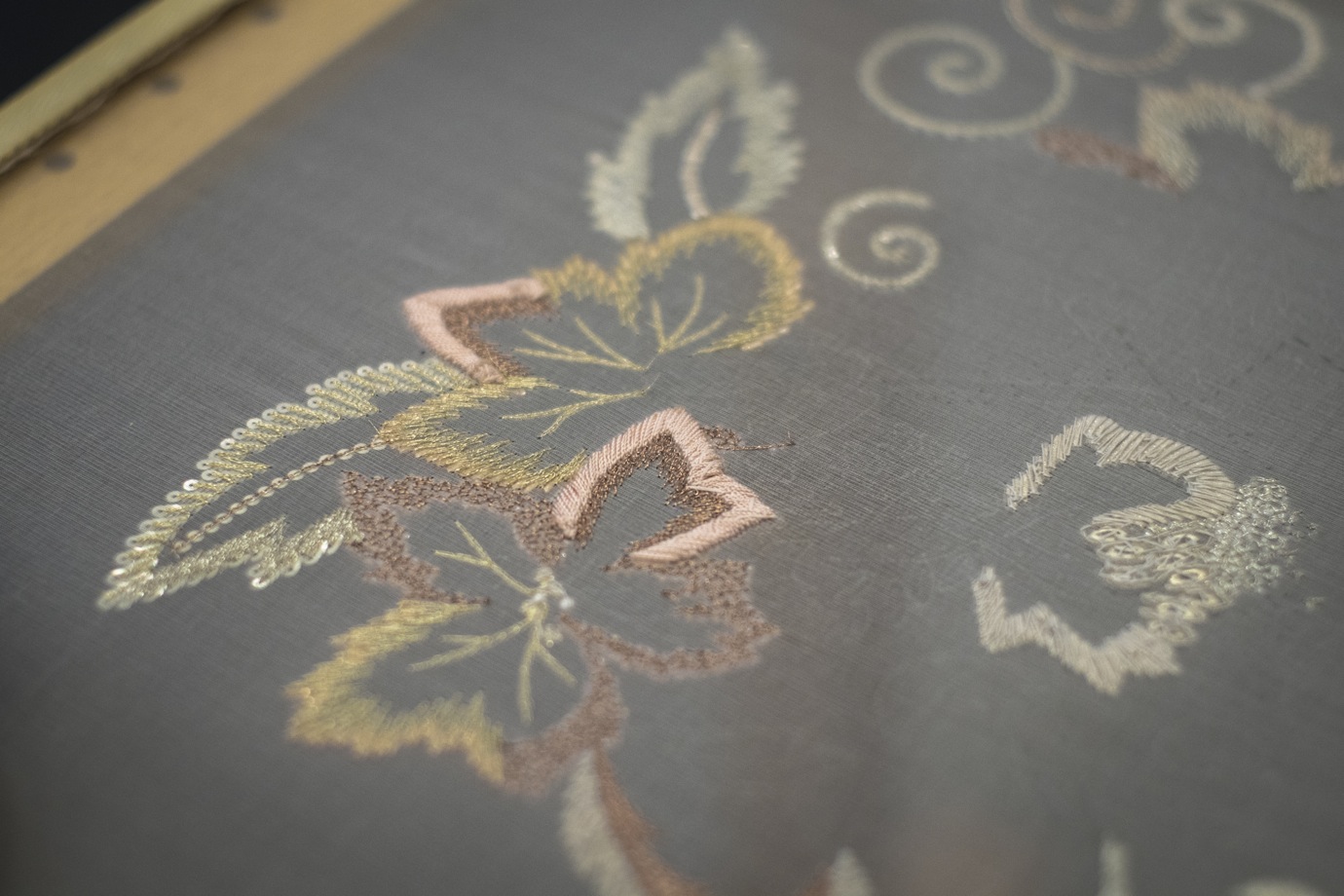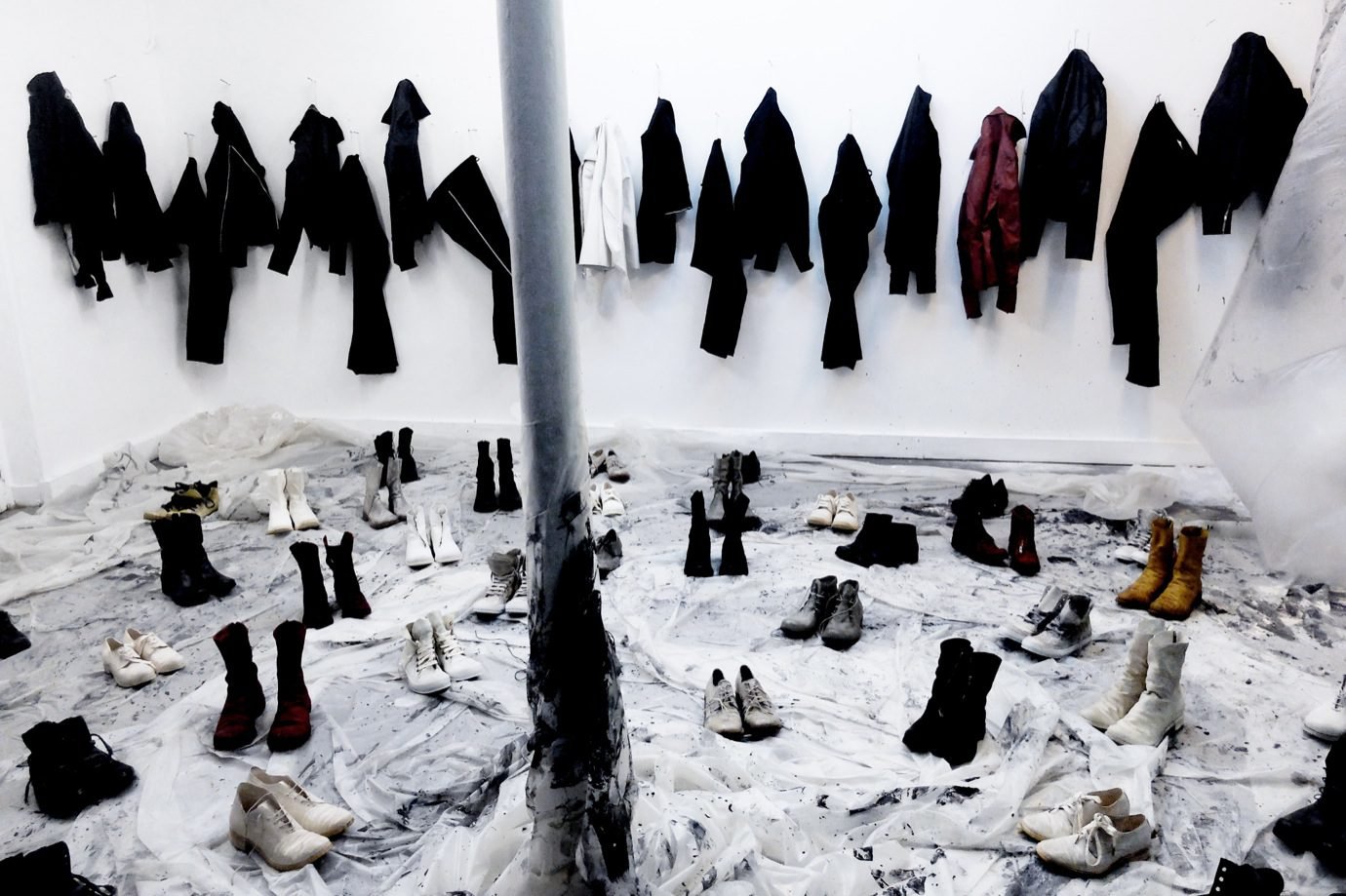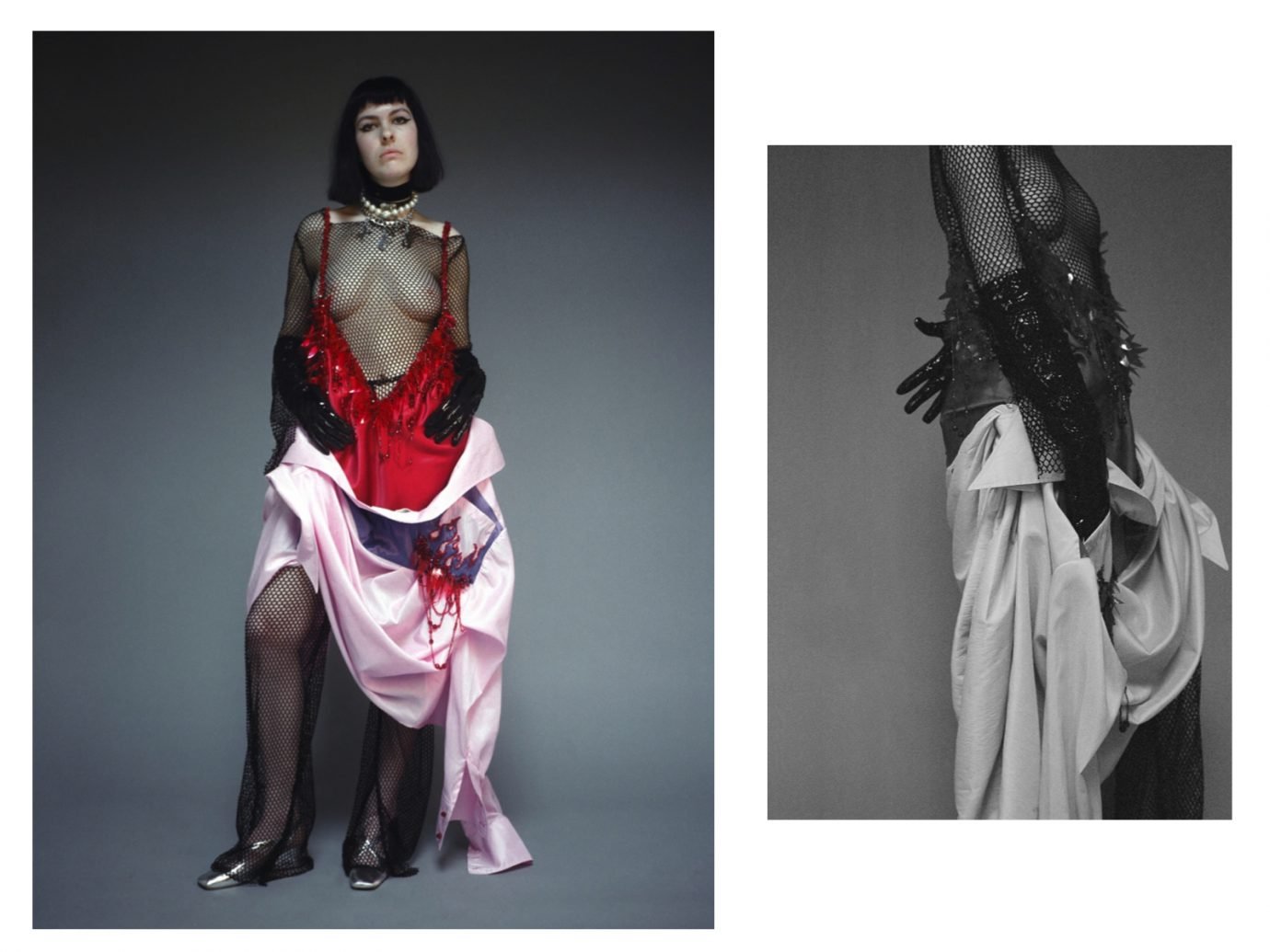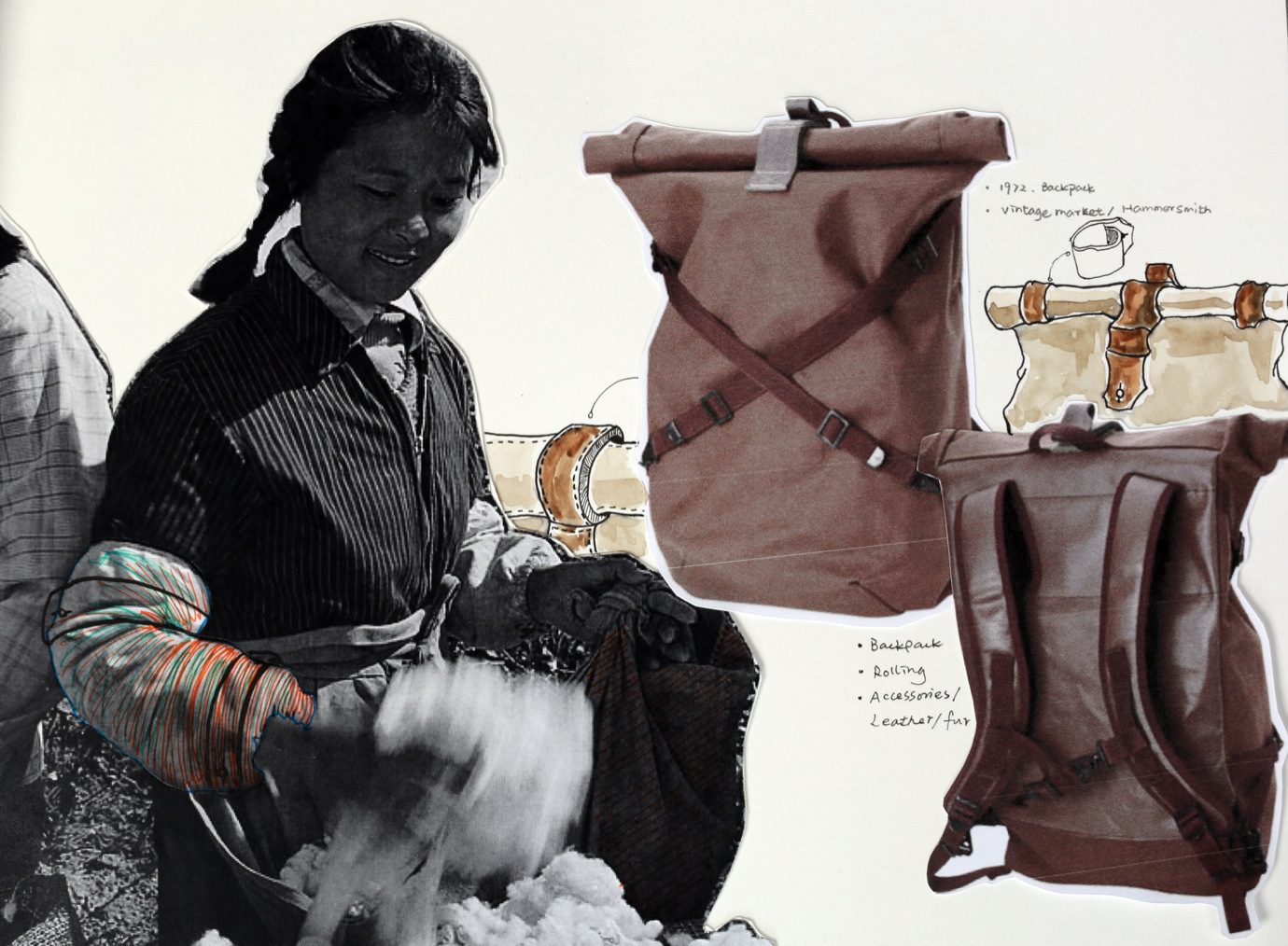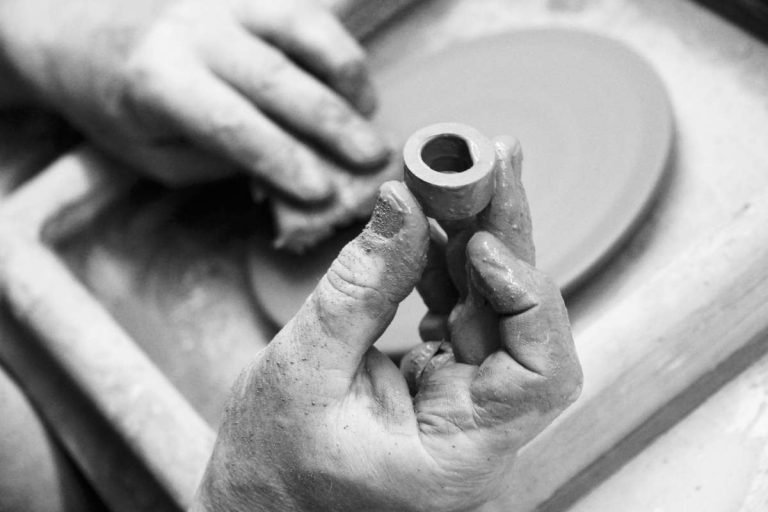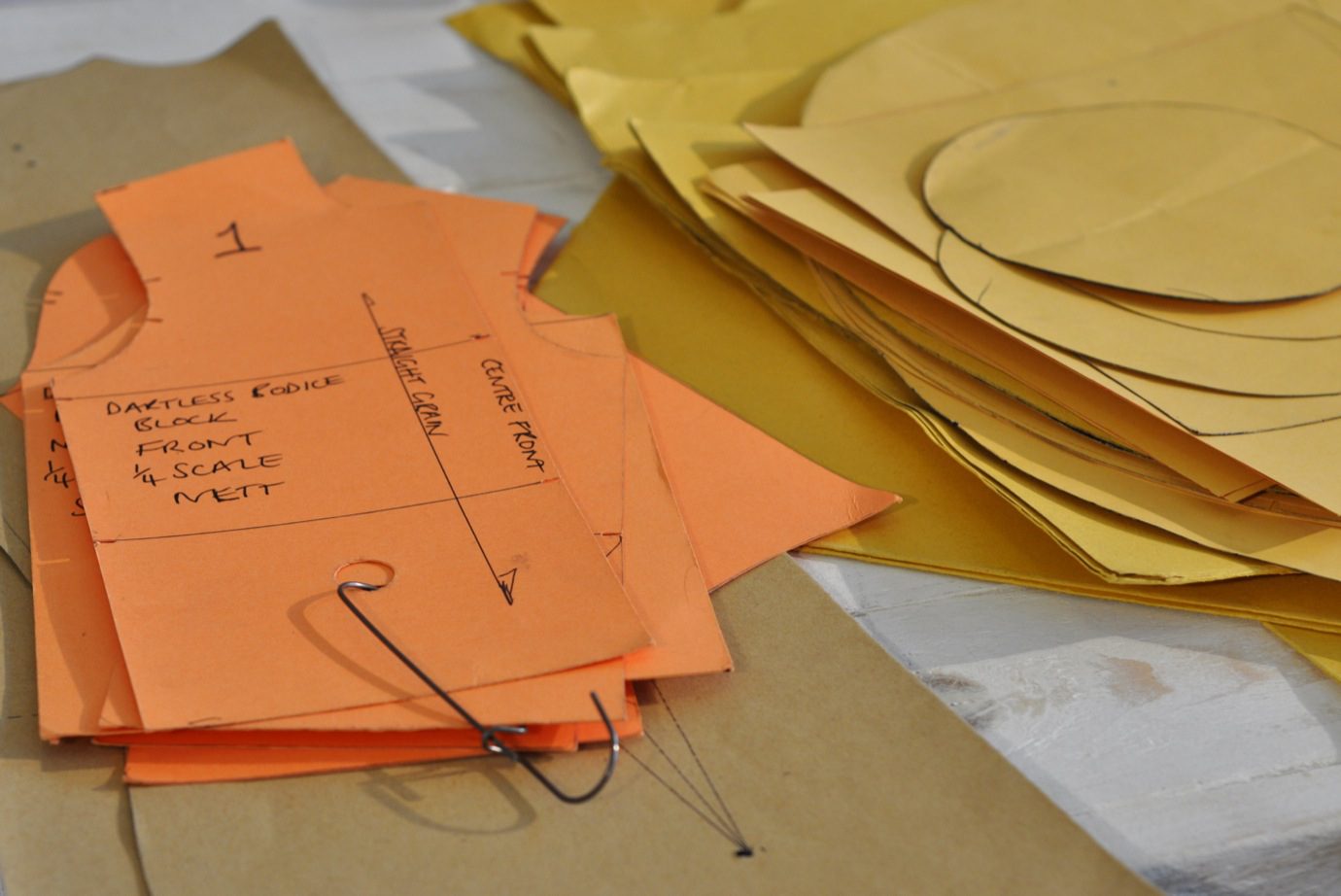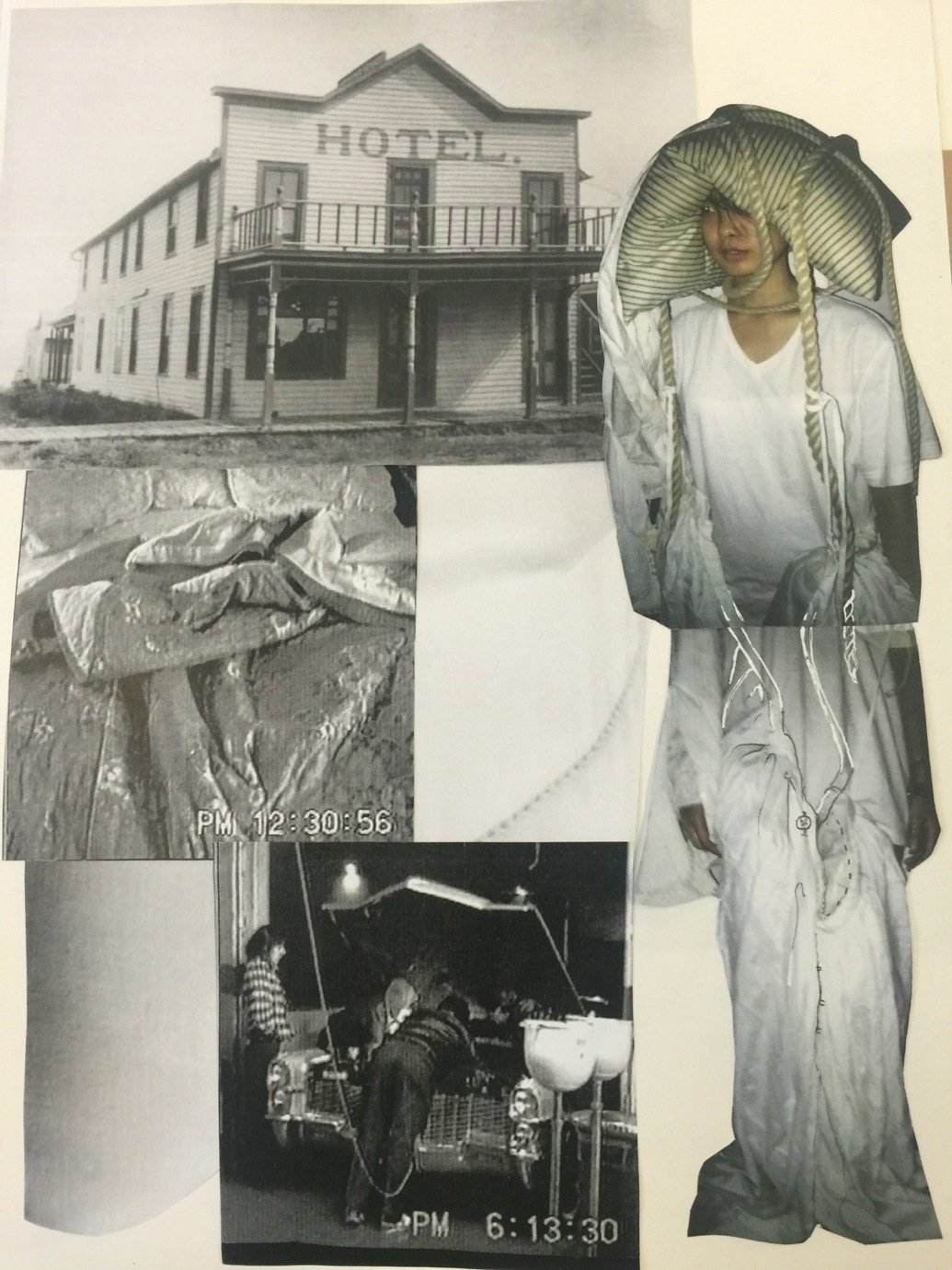“EACH DESIGNER HAS THEIR OWN STYLE, AND IT IS OUR JOB TO MAKE THEIR DREAM COME TRUE. WE WORK IN THE SHADOWS.”
This is the work of Maison Lesage, one of the oldest embroidery houses in the world, owned by Chanel since 2002, but rich with a history of great partnerships. Customers and friends have included Yves Saint Laurent, Christian Dior, Christian Lacroix, Christobal Balenciaga, Elsa Schiaparelli, Karl Lagerfeld and Pierre Balmain. Today the house maintains these relationships, and continues to develop new ones, creating beautiful fabrics for haute couture and ready to wear. New customers include Mary Katrantzou and Alexandre Vauthier.
François Lesage set up his first studio in 1948, but the family legacy of embroidery had existed long before. His parents, Albert and Marie-Louise Lesage, ran the Michonet embroidery atelier which was founded in 1858. Maison Lesage has racked up a stunning 70,000 samples in their archives over this long period.
Laure du Pavillon, a representative of the house, explains: “Archives are very important for us. We have some pearls from the very beginning of haute couture. Although this is our history, we think that this is also the future, because any designer can come and take inspiration.” Pavillon speaks with an elegant, French-throttled English accent. “We never make the same sample twice.”
At the moment, the samples are only available to design studios. When asked whether these will ever be made public, Pavillon replies with a wry smile, “that, is a secret.”

